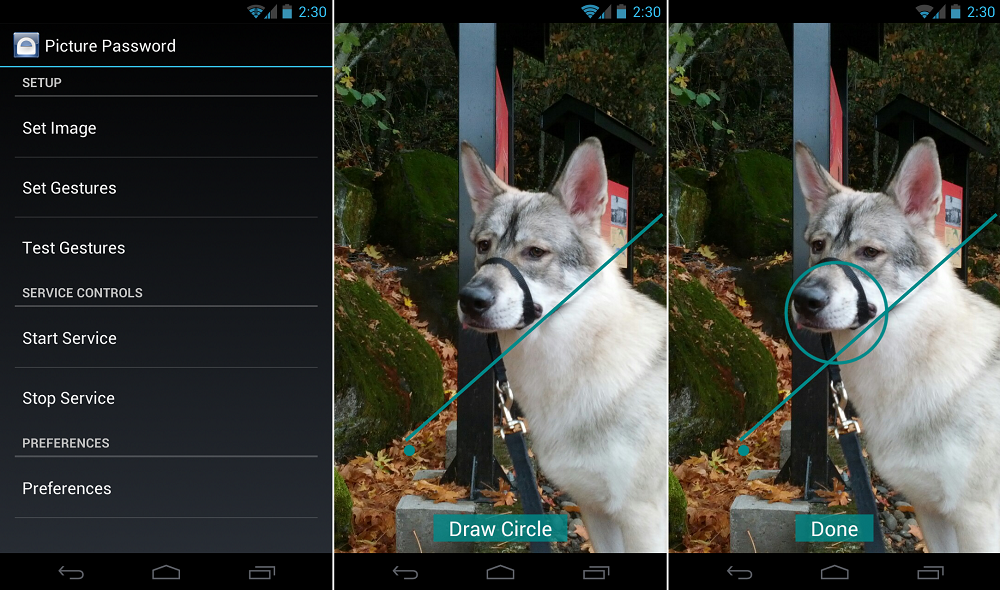

But once it is ready for prime time, you will be able to use it across any platform, e.g. That’s how it will work, anyway, right now passkeys are available in the Google Play Services beta channel and Chrome Canary. You can use one passkey-enabled device to sign into another

#COOL PASSWORDS ANDROID#
Safari on macOS already has this feature, so if you’re visiting a site that uses passkeys it will pop up a QR code – scan it with your Android phone and you’re in. We should note that passkeys are not a Google thing but something that is supported on multiple platforms.
#COOL PASSWORDS PASSWORD#
Using a passkey to sign in looks the same as using a stored password if your computer doesn’t have a fingerprint reader, you can use the one on your phone. The cool thing about passkeys is that you can use your phone to sign into nearby devices, e.g. Using a passkey looks the same as using a stored password – just confirm the account that you want to use and then authenticate with the fingerprint reader (or face unlock or whatever). This means that even if you lose your phone, you will still have access to all your accounts. Once that is done, the passkey will be synchronized across all your devices using Google’s Password Manager. First, here is what making passkey looks like – you just confirm that you want to create a new one for a particular site and a particular account, then use whatever method you use to unlock your phone (e.g. However, the user experience is quite familiar to those already using password autofill. Unlike a password, a passkey is generated automatically and is not reused.

The industry is moving to a better way to sign in that is called a “passkey” and pretty soon you will be able to use it on your Android device and other devices that run Chrome. The password has been the basis of computer security for years now, but it’s not particularly secure – and becomes even less so after a massive password leak.


 0 kommentar(er)
0 kommentar(er)
